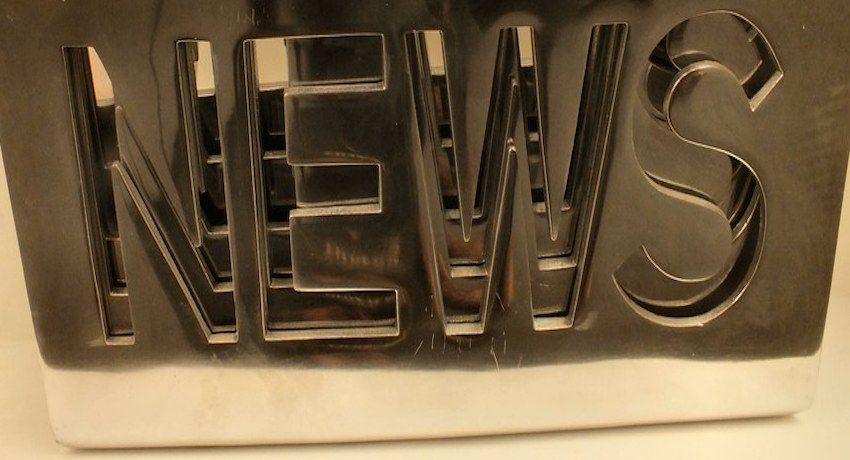
YouTube updates its 'erase song' tool only to remove copyrighted music
On 4 July, YouTube launched a powerful update to its "Erase Song" tool, which allows creators to easily remove copyrighted music from their videos without affecting other audio elements such as dialogue or sound effects.
One of the biggest fears for content creators on YouTube is receiving a strike for copyright infringement, which can interrupt monetisation or even the suspension of the video at issue. These strikes or claims are generated by Content ID, the YouTube system that identifies the use of copyrighted content and forces the users to edit and re-upload their videos to comply with the copyright policy.
With the latest version of the Erase Song tool, powered by artificial intelligence, YouTubers will be able to focus on and remove copyrighted music without affecting the rest of the audio in the clip. However, YouTube warns that the algorithm may not be perfect, and to ensure copyright compliance, it offers the options of cutting the claimed segment, replacing the music with copyright-free music, or muting all sound in the segment. Once the video has been successfully edited, YouTube will remove the strike.
Although the tool’s update is currently in a beta stage, the final version is expected to be released in the coming weeks and all users will be able to use it without any inconvenience. This update should simplify the editing process and make it easier to create content without fear of infringing someone else's copyright.
Marc Jacobs and Nirvana settle lawsuit over 'smiley face' logo
Marc Jacobs and Nirvana have decided to end their long-running legal battle over the iconic 'smiley face' logo.
The dispute began in 2018 when Nirvana, the legendary rock band formerly led by the late Kurt Cobain, sued Marc Jacobs for copyright and trade mark infringement. The band argued that Jacobs' Bootleg Redux Grunge collection used a very similar design to their distinctive smiley face, created by Cobain in 1991. In Jacobs' version, the eyes of the face were replaced with the initials "M" and "J" instead of the "X" characteristic of the Nirvana logo, which triggered the copyright claim.
The Federal Court in Los Angeles upheld the validity of Nirvana's trade mark and accepted the argument that consumers associate the 'smiley face' with them. In addition, the similarity of the circular and asymmetrical shape of the face, the location of the eyes and tongue, and the smile of the Nirvana logo and the Marc Jacobs image were considered sufficient to support the copyright claim.
However, the situation was further complicated in 2020 when Robert Fisher, former art director of Geffen Records (Nirvana's record label), joined the dispute. Fisher claimed he had designed the smiley face for Cobain and the band while working at Geffen Records. Nevertheless, the district judge dismissed Fisher's claim in 2023 on the grounds that there was no evidence that the design had been created on behalf of Geffen Records.
As a result of the judge's decision, the dispute between Nirvana LLC, the company representing the remaining members of the band, and Marc Jacobs resumed. On 9 July 2024, 6 years after the case began, lawyers for both parties filed a notice that they had reached an agreement to settle the case. The details of the agreement have not been disclosed, but it is known that a mediator has been brought in to resolve the dispute out of court.
Details
- Publication date
- 18 July 2024
- Author
- European Innovation Council and SMEs Executive Agency
